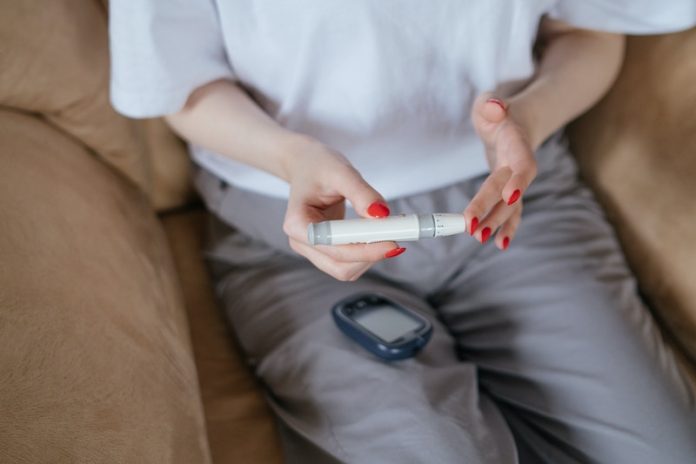
New research from the UK presented in Germany suggests that we may need to lower the limit used to diagnose young women with type 2 diabetes.
The study looked at women under 50 because their natural monthly cycles can affect the way their bodies handle sugar.
A New Perspective on Diabetes in Women
The research, led by Dr. Adrian Heald at Salford Royal Hospital, found that younger women with type 2 diabetes seem to pass away more often than men with the same condition.
It’s unclear why, but women are usually diagnosed later than men. To understand why women are diagnosed later, the researchers looked at blood sugar control and how it may be different in men and women because of menstrual blood loss.
Blood sugar is usually measured by a test called HbA1c. This test shows average blood sugar levels over the past two to three months.
The team considered whether natural blood loss during menstruation might lead to lower exposure of blood to sugar and thus, lower HbA1c levels in women under 50.
This could mean that using the same limit for diagnosing diabetes in both men and women may result in missing cases in women, delaying important treatments.
Study Design and Findings
Dr. Heald and his team examined the blood tests of people from seven different places in the UK. They specifically looked at the HbA1c levels of people who had only had one test and hadn’t been diagnosed with diabetes.
The team found that, on average, women under 50 had lower HbA1c levels than men. However, the difference was less notable in individuals aged 50 and over.
The researchers suggested that the current threshold for diagnosing diabetes might need to be lowered for women under 50.
By doing so, many more young women who are currently undiagnosed could receive the treatment and lifestyle advice they need to manage their condition and live healthier, longer lives.
Implications and the Way Forward
Diabetes is a big deal because it’s linked to heart and blood vessel problems, which can be more severe in women.
Women with diabetes between the ages of 35 and 59 are at the highest risk of dying from heart and blood vessel problems compared to any other group.
Shockingly, women are less likely to receive the recommended treatments and lifestyle advice to manage these risks.
Lowering the limit for diagnosing diabetes in women under 50 could help catch the condition early and start treatments sooner, potentially saving lives.
Despite these findings, it’s also crucial to note that having healthy lifestyle habits, like eating well and staying active, can help everyone, regardless of gender or age, to prevent type 2 diabetes and its complications.
Key Takeaways
This study shines a light on the importance of re-evaluating how we diagnose diabetes, especially in younger women. Timely diagnosis and treatment can significantly impact the quality and length of life.
This research suggests a need for adjusted measures in diagnosing type 2 diabetes in women under 50, allowing for early interventions and management strategies, thus mitigating risks and fostering healthier, longer lives.
If you care about diabetes, please read studies about high vitamin D level linked to lower dementia risk in type 2 diabetes, and this eating habit could help reduce risk of type 2 diabetes.
For more information about nutrition, please see recent studies about unhealthy plant-based diets linked to metabolic syndrome, and results showing Mediterranean diet could help reduce the diabetes risk by 30%.
The research findings can be found in Diabetes Therapy.
Follow us on Twitter for more articles about this topic.
Copyright © 2023 Knowridge Science Report. All rights reserved.



